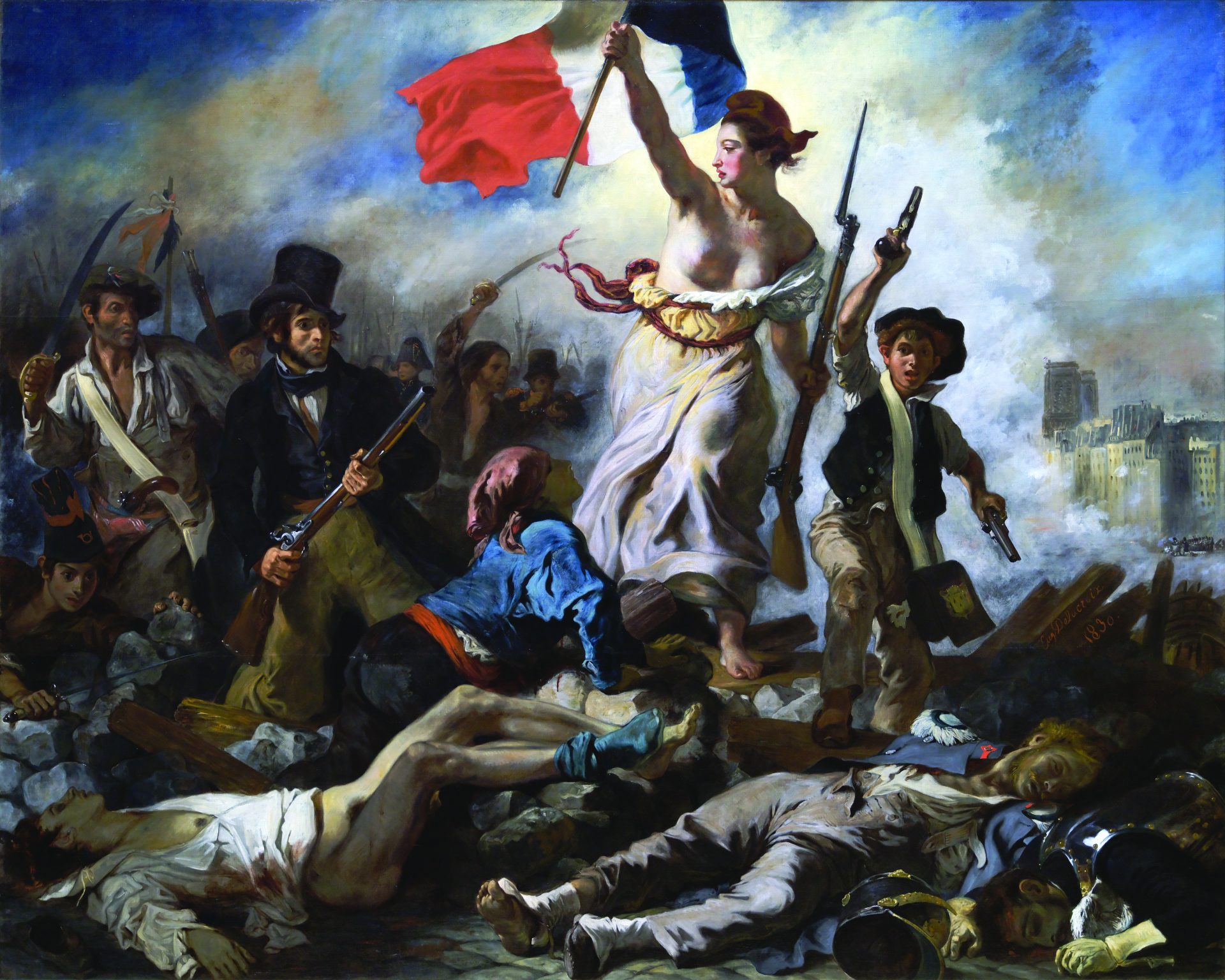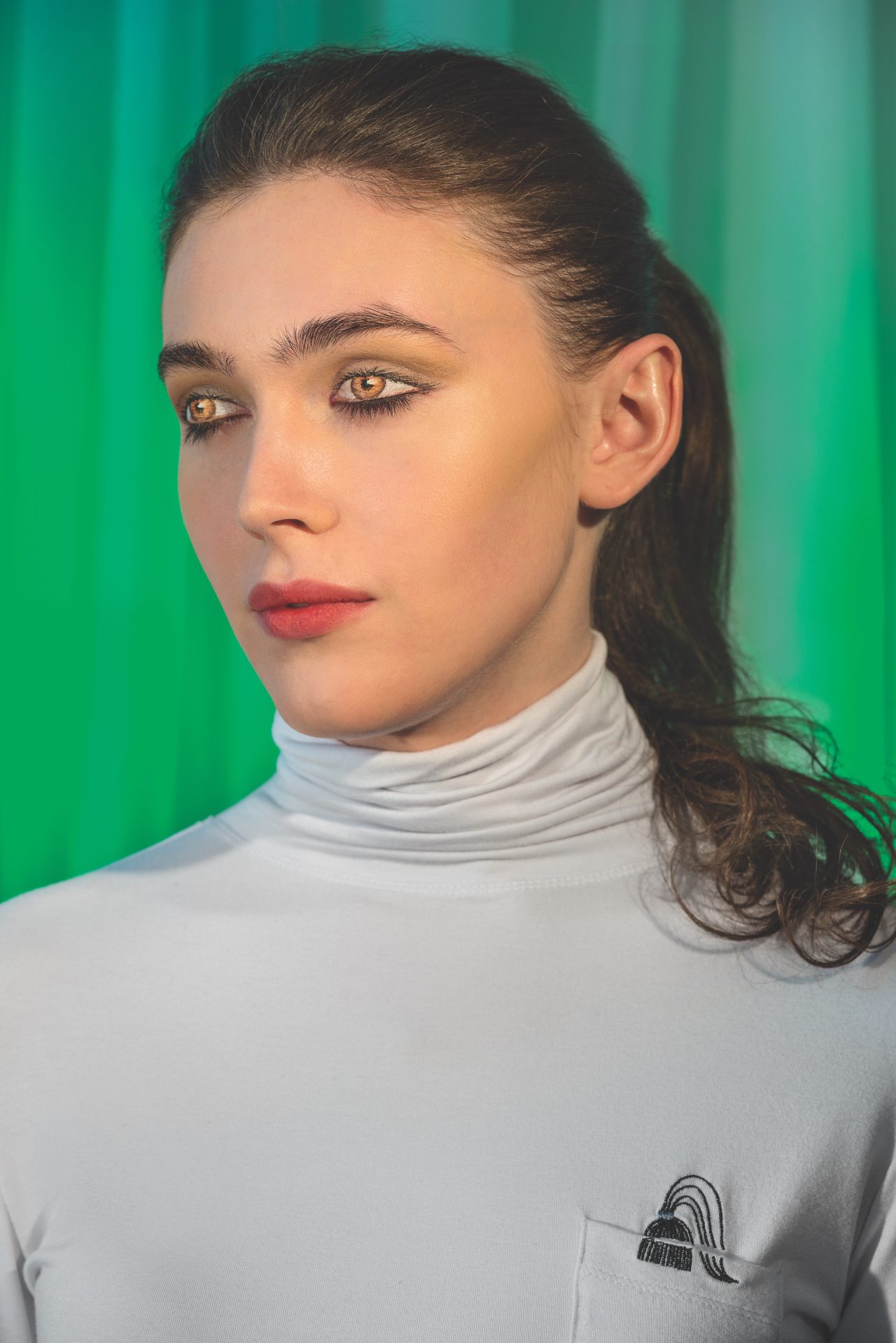
I came of age during the perfume-averse ’90s, when the world was still reeling from an overdose of Poison the decade before and had therefore decided that it was better not to smell like anything, or to smell very slightly lemony. CK One, the unisex fragrance with that memorable tagline, offered men and women alike the pleasing anonymity of air-conditioned air pumped into a nice hotel. It was also maybe OK to smell like nature, or some slightly candied replica thereof, but if someone had complimented teen me on my Bath & Body Works Flowering Herbs body spray by saying “I like your perfume,” I would have said, with an eye roll, “I don’t wear perfume.” Admitting you wanted to give an olfactory impression of something other than Yourself, whatever that was supposed to smell like (Teen Spirit, probably literally), was so not cool.
And yet somehow, during the past decade and a half, I became a person who not only wears perfume but is also, in a way that the Internet has recently made possible, a perfume nerd. The community I find myself belonging to is basically a dorky subculture like any other: It has its own lexicon (surely you know what an SOTD is, or an SOTE) and its own rituals (but do you know what it is to “saif” or “plunge”?). It turns strangers into intimates who know each other’s mailing addresses—people who meet via message boards and secret Facebook groups, and who trade tiny testers, samples, and decants. As anyone who knows anything about perfume knows, you have to test-drive a fragrance in different weather conditions and moods before you know whether you’ll love it enough to add it to your collection (with the purchase of a bottle that can cost a couple of hundred dollars, i.e., a plunge). I have at least one relationship that has deepened considerably over the exchange of little vials of colored liquid, passed across the table at bars with the ceremony usually reserved for mood-altering substances.
As far as perfume nerds and even some scientists are concerned, fragrances are mood-altering substances. It’s a point that almost everyone who writes about perfume makes: Olfaction affects our experiences enormously. Every inhaled whiff sparks memories and changes thoughts sub- or semiconsciously. And because of how subjective and volatile and maddeningly invisible and non-tactile scent is, it can be difficult to capture its impact with words; the vocabulary of perfume criticism has historically been limited to magazine reviews that read like slightly rephrased press releases (which they likely were).
Lately, though, the game has changed. The difference can be seen in the same Internet back alleys where I get my vials of vintage perfumes with wonderful-smelling chemical ingredients that have been banned by prissy regulators who worry that they might give someone cancer: The people who care about perfume care a lot about describing it, too, and for the most part they do so with far more wit and flair than is seen in other online forums. A post in one of my secret Facebook groups compared a scent to an artsy movie in which Scarlett Johansson plays a succubus alien. Lampblack, the writer said, has “an extraordinary black, inky, tarry, plastic, rubbery, synthetic accord that is neither dense nor transparent: an otherworldly physiology; a slightly rank and grimy ‘black’ perspiration beneath the purposeful layers of heavy makeup inadvertently discovered during those unsuccessful moments of intimate foreplay with the alien prior to the descent.”
That language isn’t the work of some weirdo outlier; it displays the tone generally adopted by the often anonymous, usually amateur writers who explore fragrance online. The figurative flights are mind-boggling and, to this veteran of subliterate comments sections, inspiring. If all it takes to elevate discourse is a whiff of $150 per 50 mL liquid, maybe we should be air-dropping it worldwide.

A valuable recent addition to the perfume nerd’s informational arsenal is perfumer Mandy Aftel’s new book, Fragrant (Riverhead, $28). Subtitled The Secret Life of Scent, it’s more of a history, or maybe even a grimoire: Aftel offers extensive recipes, as well as advice about using absolutes, extracts, and essences to compose, as she does, natural perfumes. Absent are the ambitious metaphors that compare fragrance notes to women, to airplanes, to films, to just about anything you can touch or taste or experience emotionally or have sex with. Aftel is more interested in the lineage of each essence, including its historical uses and anthropological resonances. Reading her book makes a person wearing perfume feel connected to every human in every era who has ever done so. A spritz of L’Artisan Parfumeur: Passage d’Enfer in the morning not only becomes a way of “decorating the day,” as perfume critic Tania Sanchez memorably wrote, it also gives you the sense that you have something in common with the ancient Egyptians, who packed frankincense inside the corpses they embalmed. Jars of unguents taken from these tombs, according to Aftel, have retained their fragrance. If you can still smell, three thousand years later, what Egyptians wanted to smell like in the afterlife, that’s a kind of afterlife in and of itself. Aftel also points to biblical descriptions of the uses of incense and the specific instructions for compounding it given to Moses by God. It’s easy to forget, as you light a stick of incense to mitigate the smell of a litter box, a bong, or a neighbor’s cooking, that smoke rising toward the skies once was used to communicate messages to heaven.
Of course, not everyone wants to send spiritual messages with their scent, or smell like a mummy or like a Scarlett Johansson movie, or have any discernible smell at all. The people who eschew perfume because it “smells like old ladies” or “gives them a headache” have a point, too: A lot of perfume is gross, and one man’s favorite scent may be another’s nightmare, especially in a small enclosed space (think un-air-conditioned cab). There is something foul at the heart of many of history’s most successful perfumes. Perfumers have to be judicious about the doses of animal essences (or their synthetic equivalents) that contribute to many perfumes’ base notes, the last part of the fragrance to fade, and the part that makes it “stick.” Aftel compares these essences to “a pinch of salt” in a dish—a little makes the other ingredients come together, but a lot ruins it. She devotes much of a chapter to ambergris, which forms in the stomachs of sperm whales when they eat something indigestible and is later expelled as a “stinking fecal mass.” This whale poop floats around until the ocean ages and transforms it into “white, porous, and faintly sweet-smelling chunks” that wash up on the coast, to be found by lucky people who can sell them for prices per ounce comparable to those paid for precious metals.
My review copy of Fragrant came with a little kit that, if I were so inclined, could launch me on a path toward becoming a perfumer myself: 0.5 mL vials of cinnamon, spearmint essential oils, and jasmine tincture, a 0.25 mL vial of ambergris tincture, and a piece of frankincense resin that looked just like what it is: the hardened sap of a rare tree whose bark has been stripped specifically for the purpose of getting the wood to ooze. I’d never considered myself a fan of the latter two essences; ambery and incensey perfumes make me feel a little estranged from myself while wearing them, like I ought to be wearing a caftan and living in Berkeley (where Aftel lives, and where I can imagine her in just such a garment). I opened up the vials and spent a few minutes sniffing each. The ambergris, as I’d predicted, I found icky: sickly rotten-sweet, like a bouquet left in the same water too long on a hot day. But I couldn’t stop sniffing the lump of frankincense. Much more complex than the version that’s translated into incense, it had a smell of simultaneous coldness and warmth, like something burning in a high-ceilinged stone church. I scraped a little chunk off the lump and threw it into the flames of a fire outside; melting, it released an even more beautiful scent, which mixed with the smoke and the odor of the surrounding forest to create something that ought to be bottled and sold, and likely could be, by the same kind of genius who first thought of combining flower extracts, tree barks, and decomposing animal feces.
Emily Gould is the author of Friendship, a novel recently published by Farrar, Straus & Giroux, and the memoir And the Heart Says Whatever (Free Press, 2010). She currently alternates between Diptyque: Eau Duelle, Maison Francis Kurkdjian: Aqua Vitae, Jour d’Hermès, and Frédéric Malle: Bigarade Concentrée, but as the weather gets colder she anticipates that these choices will change dramatically.






